Featured
Seafood types
Lorem ipsum dolor sit amet, consectetur adipisicing elit, sed do eiusmod tempor incididunt ut labore et dolore magna aliqua.
Such as salmon, sardine, scallop and shrimp.
Glossary featuring different types of fish and seafood.
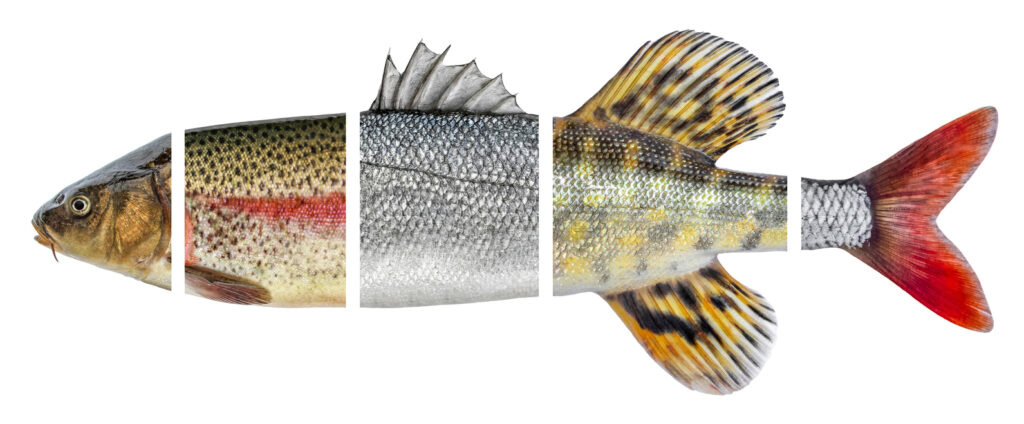
SALMON
While wild salmon are caught in North America, northern Europe and elsewhere, much of today’s salmon supply is farmed. Atlantic salmon are farmed around the world and account for more than 95% of all the pen-raised salmon (the remainder is Cohoe), and five large companies produce half the world’s farmed salmon. (It takes about 30 to 36 months to raise an Atlantic salmon from an egg to a market size of about 10 pounds.) While farming makes salmon accessible to more people, it does not produce as fine a product as wild salmon: Fish live in tanks with their own waste instead of flowing streams and rivers, and are fed antibiotics. A synthetic carotenoid pigment is added to their feed to achieve the reddish-orange color that wild salmon get naturally from eating carotenoid-rich shrimp and other natural feed. In addition to the Atlantic salmon: Cohoes or “silvers” are the middle-of-the-road salmon. The resource isn’t that big, and though it can be an excellent eating fish, it’s not as highly regarded as a king or a sockeye salmon. Seventy percent of world production is farmed. They weigh 2 to 12 pounds. Keta or Chum salmon have an excellent texture, attractive meat color and a lower oil content that helps to give them a mild, delicate flavor. This species is the meatiest with the firmest texture of the wild salmon. Most weigh from 4 to 13 pounds.
SARDINE
A small, young, saltwater fish with soft edible bones, found in the Mediterranean. There are other small, young saltwater fish found that are called sardines, such as the Pacific and Atlantic herring, blueback herring and sprat, but they are not true sardines. The sardine is a silver color and has a rich flavored flesh that is dark colored. Fresh sardines should be put on ice immediately and eaten as soon as possible, but in the U.S., they are often hard to find fresh. Sardines. Photo courtesy BCSeafoodonline.com. They are generally found canned in olive oil, soy oil or water. Sardines are popular as an appetizer and are good broiled or grilled.
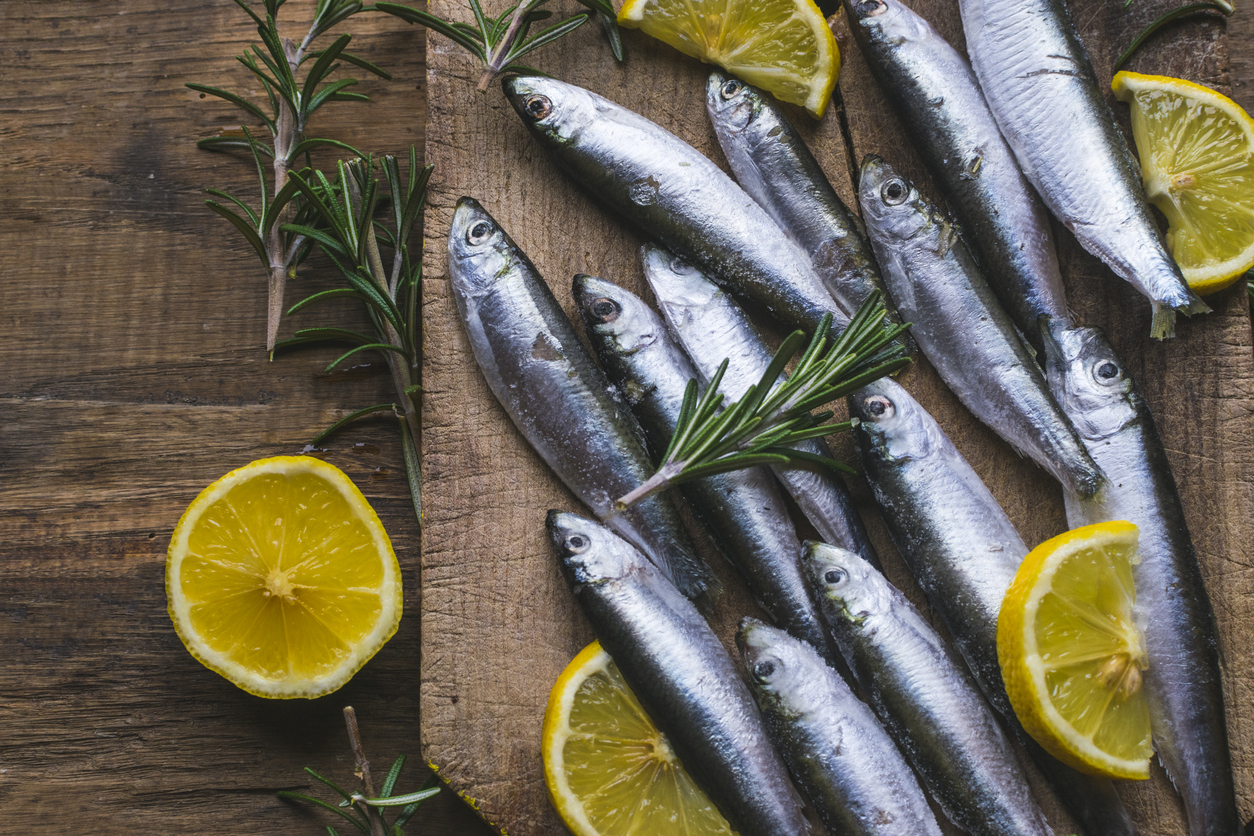
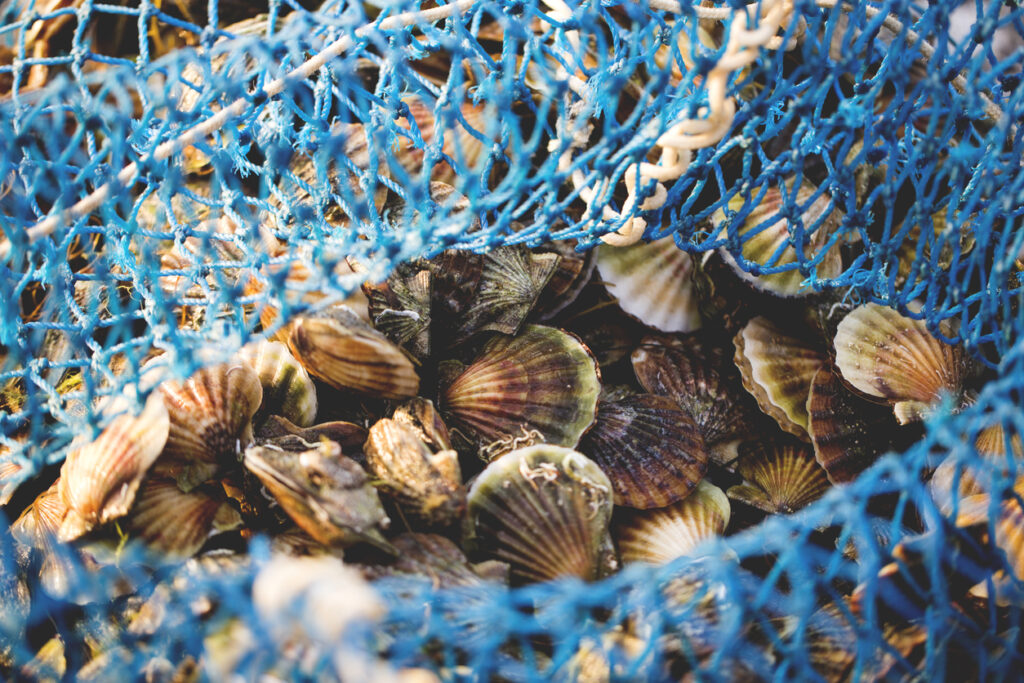
SCALLOP
A very popular bivalve mollusk with matching fan-shaped shells frequently used in dishes such as the famous Coquilles St. Jacques. There are hundreds of species of scallops around the world, but three of them dominate scallop sales in the U.S.: North Atlantic sea scallops, bay scallops and the Japanese sea scallop. The most common portion eaten in the U.S. is the round adductor muscle, the disc-shaped white meat which connects a scallop’s tissue to its shell. In most other countries, however, scallops are eaten with the roe attached to the adductor meat. Live scallops, which are eaten whole like clams or oysters, are also increasingly popular. Bay scallops are usually found on the East Coast, and are quite small, the muscle reaching only 1/2 inch or so wide. They are sweeter than the sea scallop. They’re also less common and so more expensive than the sea scallop. Bay scallops typically run 80-120 per pound. The sea scallop’s muscle averages 1-1/2 inches across. North Atlantic sea scallops, which are harvested from Nova Scotia to Virginia, are the largest scallops sold in the U.S., averaging 10-40 count per pound. While almost as sweet as bay scallops, they are less tender. There is also a tiny calico scallop, caught off the coast of Florida, which runs 150-250 per pound. Bay scallops. Sea scallops. Photos courtesy of PhilsFishMarket.com. Photo courtesy of PacSeafood.com. Generally, the bigger the scallop, the more expensive it is. Fresh bay scallops are available on the East Coast in the fall, whereas fresh sea scallops are best mid-fall to mid-spring.
SEA BASS
SEA BASS or CHILEAN SEA BASS or MERO or PATAGONIAN TOOTHFISH A round saltwater fish whose flesh has a firm white flesh, flaky texture and rich, oily flavor—putting it in great demand in the U.S., Japan and China. The name “Chilean sea bass” stems from the fact the fish was first commercially harvested in Chilean waters, and a more attractive marketing name was sought than its actual name, Patagonian toothfish—a unique species and not a bass at all.

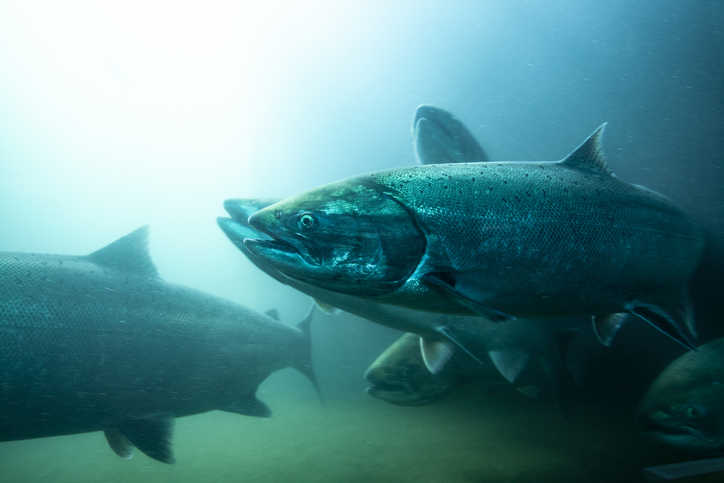
SCROD
A young codfish, which is a round saltwater fish. Its meat has a tender, flaky texture with a mild flavor. Scrod can be prepared using several methods, such as baking, steaming, broiling and poaching. Halibut or haddock can be substituted.
SHAD
The largest member of the herring family, it has a slight oiliness and a mildly sweet flavor that resembles pompano and salmon. Shad is an anadromous fish, which means that it is born in freshwater, migrates to saltwater to mature, and then returns to freshwater to spawn. It is hard to fillet because of its many small bones, so it may be desirable to purchase one already filleted. American shad. Photo courtesy of ChartingNature.com. Otherwise, it can be steamed or baked at a low temperature for more than six hours, until the bones disintegrate. Female shad is more in demand than male because it is fatter and larger, and because it contains the desired roe.
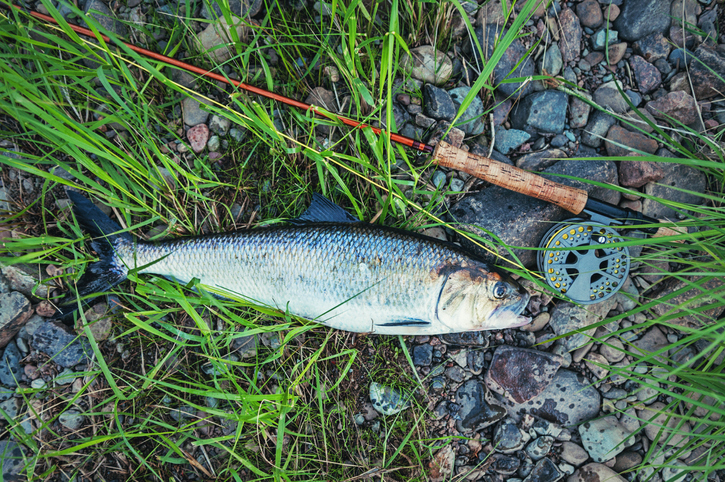
SHRIMP
A very popular, small crustacean-type shellfish which includes hundreds of species worldwide. Shrimp is by far America’s favorite shellfish. While there are hundreds of different species of crustacean, most can be divided into either warm-water or cold-water shrimp. Generally, the small shrimp come from cold water, and large from warm water. Regardless, they are marketed by size, which varies by region, and sometimes by merchant.
SHELLFISH
A broad term for fish that have, or have had, a shell of some kind. The shell is a type of external skeleton that gives protection and structural support to the fish. Shellfish are divided into two basic categories based on the degree of shell hardness. Crustaceans have a shell-like exoskeleton—usually jointed. This group includes lobsters, spiny lobsters, crabs, shrimp, crayfish and barnacles. The second group, mollusks, has one or two harder shells or have moved beyond the need for a shell. They include the unipods (one shell—also called gastropods), such as the abalone, conch, snail and periwinkle; the bivalves (two shells), such as the clam, scallop, mussel and oyster; and the cephalopods (without shells), such as the octopus and the squid.

